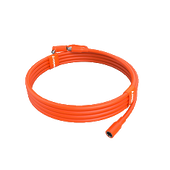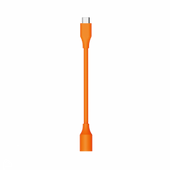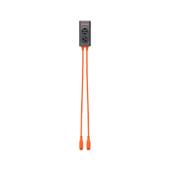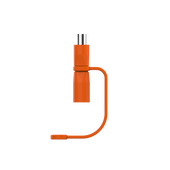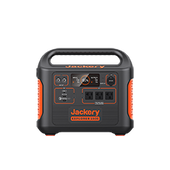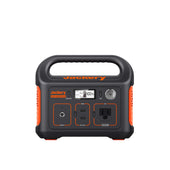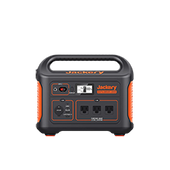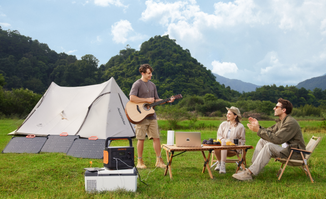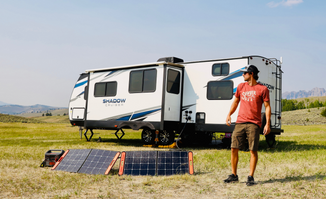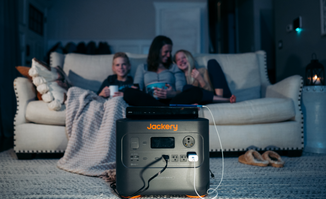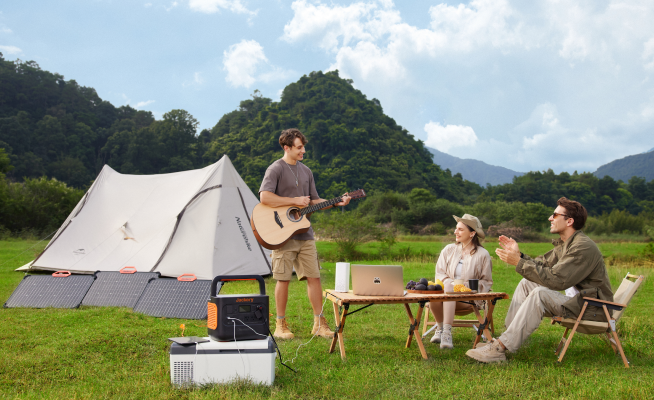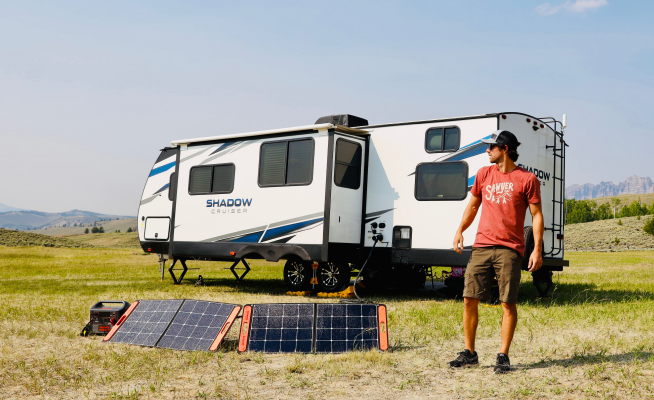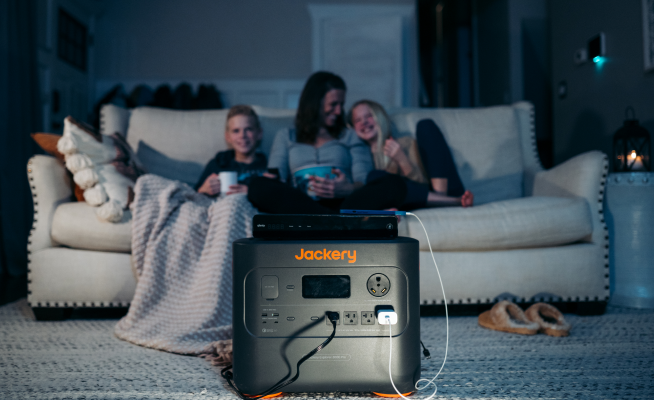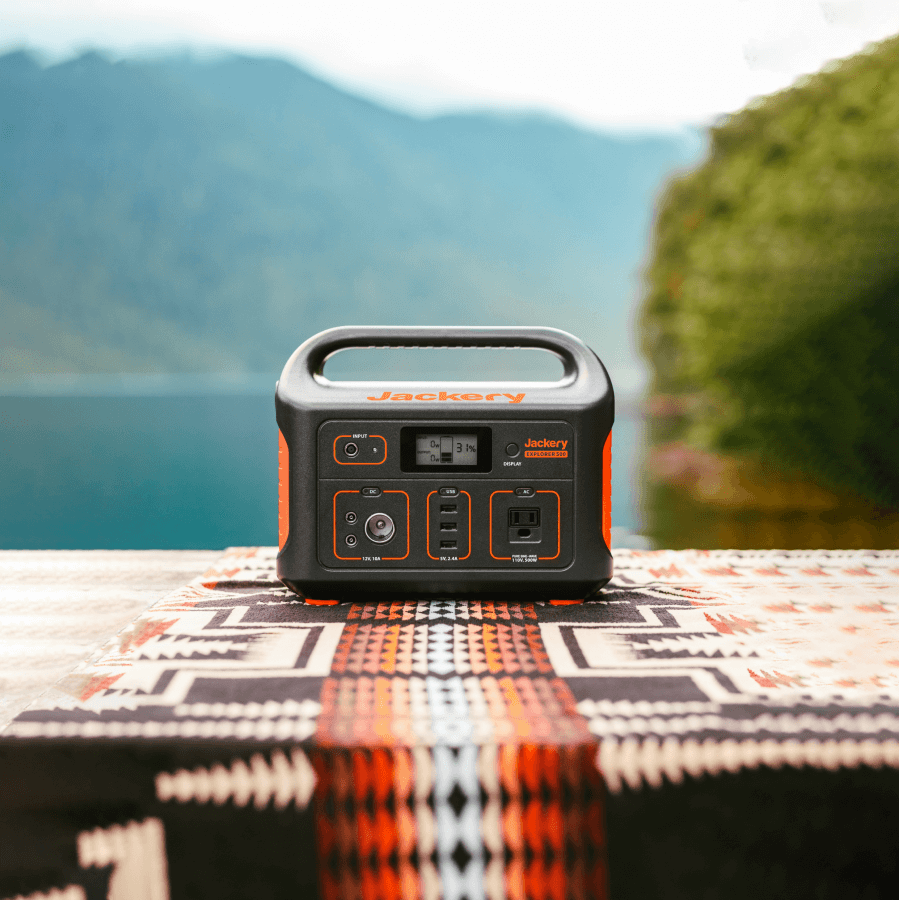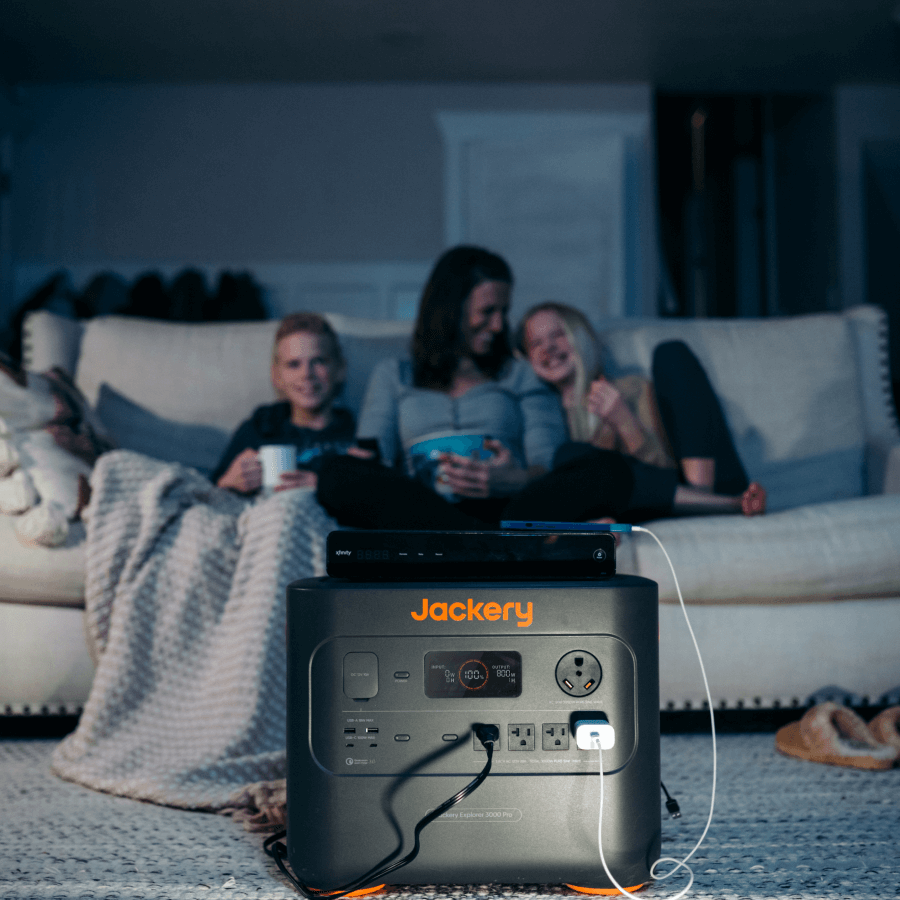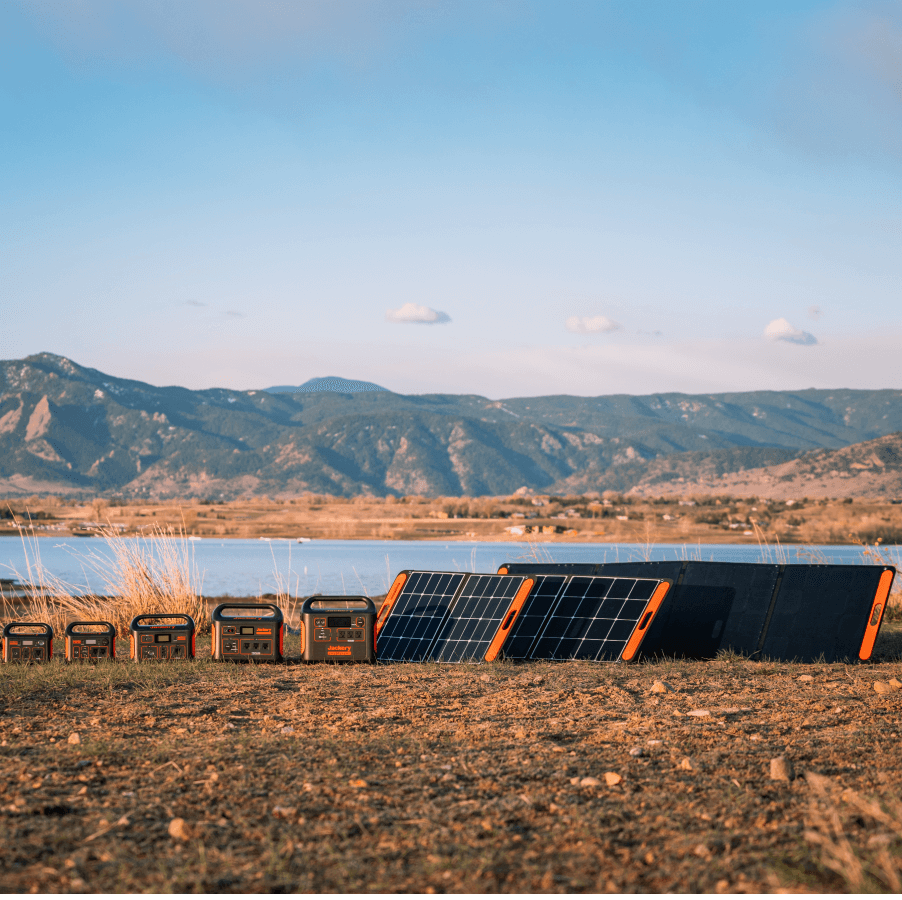Marine batteries keep boats operational by powering important systems, including engines, navigational equipment, lighting, and onboard electronics. These batteries are specifically built for the demanding marine environment, which means that they can endure constant vibrations, temperature changes, and exposure to moisture.
Apart from marine batteries, every vessel also needs a complementary portable electric source, such as a solar generator. A generator and solar power will make sure that everyone onboard can operate their devices without running out of electricity while exploring the exceptional waters of Canada. A portable power station in Canada means reliable and safe power solutions for any marine journey. Read on to learn more.
Types of Marine Batteries
Marine batteries come in different types, such as:
1. Flooded Batteries
Flooded batteries, also known as wet-cell batteries, are the traditional choice for marine applications.
These marine batteries rely on a liquid electrolyte solution and may require regular maintenance, such as topping off with distilled water.
They are cost-effective and can handle moderate power requirements, including use as a trolling motor battery.
However, their design makes them susceptible to spilling or electrolyte leakage, which can potentially damage the surrounding area or create safety hazards. They also require proper ventilation due to gas emissions during operation.
2. AGM Batteries
Absorbed Glass Mat (AGM) batteries are sealed and maintenance-free, which makes them a popular choice for many vessels. They are vibration-resistant and spill-proof.
AGM batteries are also particularly well-suited for boats with multiple electrical demands, as they offer consistent performance without the need for regular upkeep.
However, AGM batteries are costlier and heavier than flooded batteries, with limited energy density and reduced lifespan in high-temperature applications.
3. Gel Batteries
Gel batteries stand out for their ability to perform in extreme conditions.
The thick, gel-like electrolyte prevents leaks and enhances vibration resistance, which makes them a reliable choice for marine environments.
These batteries are ideal for powering sensitive electronics due to their stable energy output.
However, they come with a higher price tag compared to flooded and AGM batteries.
4. Lithium Batteries
Lithium marine batteries represent cutting-edge technology in the marine battery market.
They are lightweight, long-lasting, and provide consistent power delivery.
With fast charging times and a longer lifespan compared to other types, they are ideal for advanced boating setups.
However, their high initial cost can be a barrier for some boaters, though their performance and durability usually justify the investment in the long run.
Key Considerations When Choosing a Marine Battery
While choosing the marine battery, always keep the following technical terms in mind, which will help you select the right type of battery.
1. Battery Capacity
Measured in amp-hours (Ah), battery capacity indicates how much power a battery can provide. A higher capacity is essential for larger vessels or boats running multiple devices or energy-intensive equipment. For example, a 200Ah battery can theoretically provide 2 amps for 100 hours or 100 amps for 2 hours.
2. Cold Cranking Amps (CCA)
CCA measures a battery’s ability to start an engine in cold temperatures. Specifically, it refers to the maximum number of amps a fully charged 12-volt battery can deliver for 30 seconds at 0°F. If you operate in colder climates, a battery with a higher CCA rating is critical to reliable engine starts under tough conditions.
3. Marine Cranking Amps (MCA)
MCA is similar to CCA but rated for warmer temperatures, which are more typical in marine environments. This rating ensures the battery can consistently deliver the power needed to start the engine efficiently.
4. Voltage
Most boats use 12V systems, but some larger vessels require 24V or 36V setups. Ensuring the battery matches your boat’s voltage system is essential to prevent equipment damage and maintain performance.
5. Reserve Minutes
Reserve minutes indicate how long a fully charged battery can supply power at a consistent load if the alternator fails. A higher reserve rating is crucial for maintaining essential systems during unexpected power interruptions, especially if the boat frequently goes on extended trips.
6. Dimensions
Marine batteries come in various sizes, so it’s vital to choose one that fits securely within your boat’s battery compartment. Proper fitment prevents movement and ensures safe operation, which would allow you to explore even rough waters without any safety hazard to the battery.
Differences Between Automotive Battery and Marine Battery
A marine battery and an automotive battery (not an EV traction battery) may appear similar at first glance, but they are designed for entirely different purposes. Understanding these distinctions is important to ensure that you choose the right battery for your boating needs. Their core differences include:
1. Purpose and Functionality
Automotive batteries are primarily designed for starting car engines. They deliver a quick burst of high power to turn over the engine and rely on the alternator to recharge quickly. On the other hand, a marine battery is built for a dual role. They can handle starting the engine and providing continuous power to run many onboard electronic systems.
2. Durability and Construction
A marine battery is specifically designed to endure the harsh conditions of a marine environment. They are built with reinforced casings and strong internal structures to withstand constant vibrations, moisture, and temperature fluctuations. However, automotive batteries are not equipped to handle the same level of stress and environmental exposure.
3. Reserve Capacity
Marine batteries are designed with a higher reserve capacity, which ensures that they can maintain power for critical systems if the alternator fails. Automotive batteries typically do not have as high a reserve capacity as marine batteries.
4. Vibration Resistance
Boats are constantly exposed to vibrations from waves and engine operation, so they require batteries that can maintain performance under these conditions. A marine boat battery is engineered for superior vibration resistance, whereas automotive batteries are typically not built to handle such levels of vibration.
5. Corrosion Resistance
The marine environment exposes batteries to saltwater and high humidity, which can accelerate corrosion. Marine batteries are built with corrosion-resistant materials and designs. While automotive batteries have some sort of resistance against outdoor elements, they are not as resistant to corrosion as marine batteries.
Complementary Electric Source from Jackery
While marine batteries handle critical onboard systems, adding a solar generator to your boat setup provides unmatched convenience and flexibility. A reliable solar generator serves as a secondary power source for any vessel, which reduces the load on the marine battery and ensures the uninterrupted operation of electronic appliances and accessories during extended trips. For this purpose, the Jackery Solar Generator 2000 Plus is a game-changer. This solar generator comes with the following features:
Expandable Capacity for Versatile Needs
The Jackery Solar Generator 2000 Plus offers an impressive base capacity of 2 kWh, which can be expanded up to a staggering 24 kWh by connecting additional battery packs. This flexibility makes it ideal for a range of scenarios, like powering appliances during extended voyages or emergencies.
Exceptional Performance
With a maximum power output of 6000W in parallel connection, the Jackery Solar Generator 2000 Plus can handle essential appliances needed by boaters, such as refrigerators, portable air conditioners, and high-powered fishing equipment. This solar generator will let you focus on making memories by charging your mobile phones, drones, cameras, and almost every electronic equipment you can take for your boating adventure.
Fast Solar Charging with Advanced Technology
The Jackery Solar Generator 2000 Plus is equipped with advanced IBC solar charging technology and can be fully charged in just six hours when connected to six Jackery SolarSaga 100W Solar Panels.
Durable and Long-Lasting
The inbox power station contains a cutting-edge LiFePO4 battery that has an impressive lifespan of over 10 years, even with daily use. The ChargeShield technology is integrated to enhance battery longevity while ensuring safety with over 62 forms of protection.
Smart Monitoring and Control
With the Jackery app, you can monitor the solar generator’s status, customize settings, and control its operations remotely from your mobile phone.
Wide Temperature Range
The Jackery Solar Generator 2000 Plus has an operating usage temperature of -10°C to 45°C (14°F to 113°F). This ensures consistent reliability across the year.
Output Ports for Multiple Devices
The Jackery Solar Generator 2000 Plus comes with a variety of output ports, which allow you to power multiple appliances at once. With three AC outlets, 2 USB-C ports (100W max), and 2 USB-A ports (18W max), it provides the flexibility to charge and run everything from small electronics to larger appliances like refrigerators and electric stoves.

Frequently Asked Questions
Now, let's have a quick look at the FAQs that will help you better understand the use cases of the Jackery Solar Generator 2000 Plus in a vessel.
Can I use the Jackery Solar Generator 2000 Plus as a marine battery?
No. The Jackery Solar Generator 2000 Plus is not meant to replace a marine battery. While it is famously used as a portable electric source for various devices and appliances, it does not have the specific features needed as marine batteries, such as starting the engine or running essential onboard systems continuously. However, it serves as an excellent complementary power source to reduce the strain on your marine battery.
What can Jackery Solar Generator 2000 Plus power?
The Jackery Solar Generator 2000 Plus is a perfect solution for powering an array of gadgets and appliances that boaters commonly use. Here’s a table that will show you how long you can power common electrical appliances using the Jackery Solar Generator 2000 Plus (2042Wh).
|
Device |
Power Consumption |
Runtime |
|
GPS Navigator |
20W |
~81.7 hours |
|
Marine Radio |
50W |
~32.7 hours |
|
Fish Finder |
30W |
~54.5 hours |
|
Portable Refrigerator |
150W |
~10.9 hours |
|
Portable Air Conditioner |
900W |
~1.8 hours |
|
Electric Grill |
700W |
~2.3 hours |
|
Electric Oven |
600W |
~2.7 hours |
|
Coffee Maker |
550W |
~2.8 hours |
|
Electric Kettle |
1000W |
~1.6 hours |
|
LED Lighting |
20W |
~81.7 hours |
|
Water Pump |
60W |
~20 hours |
|
Smartphone |
29W |
~70 charges |
|
Laptop |
80W |
~15 charges |
Wrapping-Up
Marine batteries and portable power solutions are essential for a smooth and enjoyable boating experience. While marine batteries provide the core power for your boat's critical systems, adding a reliable solar generator offers unmatched flexibility and convenience so that all your gadgets and appliances remain operational during your adventure.
When selecting a marine battery, it’s important to understand the different types of marine batteries and explore their pros and cons in order to select the most reliable solution. The same is true for the complementary portable solar generator, which means that you should select this generator with extreme caution. The Jackery Solar Generator 2000 Plus is a time-tested power solution for boaters. Browse Jackery’s website to learn more about its solar generators and portable power stations.






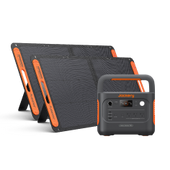


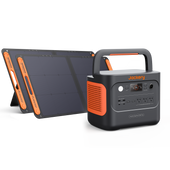

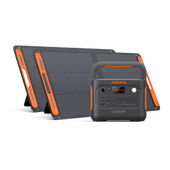
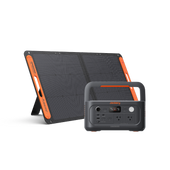
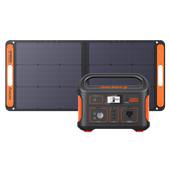
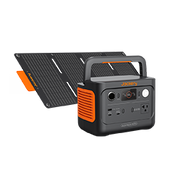
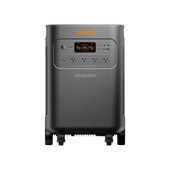
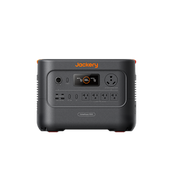
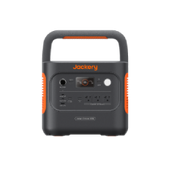
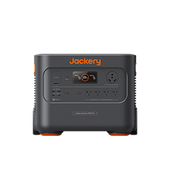
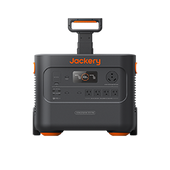
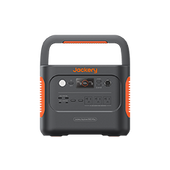
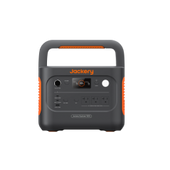
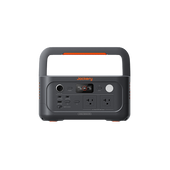
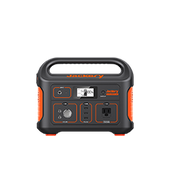
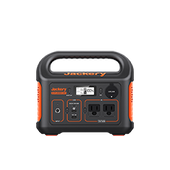
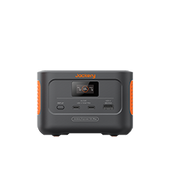
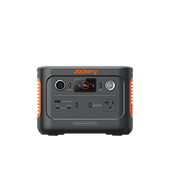
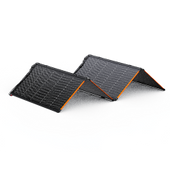
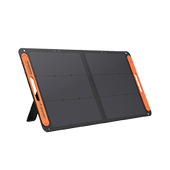

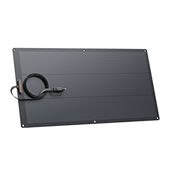
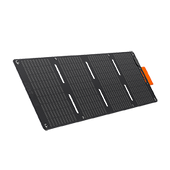
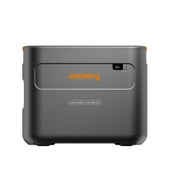
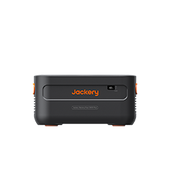
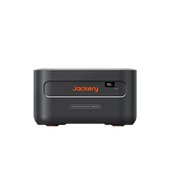
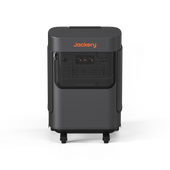
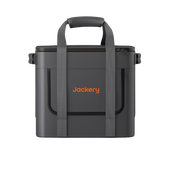
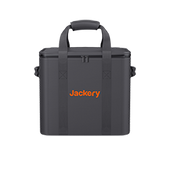
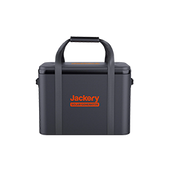
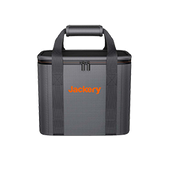
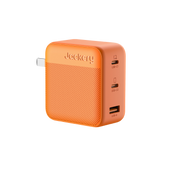
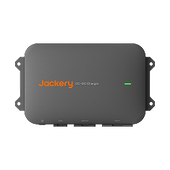
![[Add-on] Jackery Manual Transfer Switch for Explorer 5000 Plus](http://ca.jackery.com/cdn/shop/files/add-on-jackery-manual-transfer-switch-for-5000-plus-240V.webp?v=1757043692&width=170)
